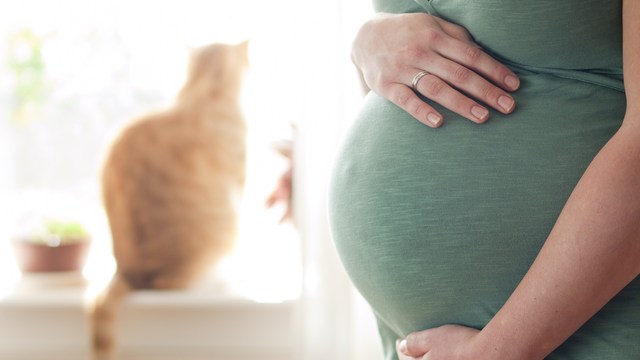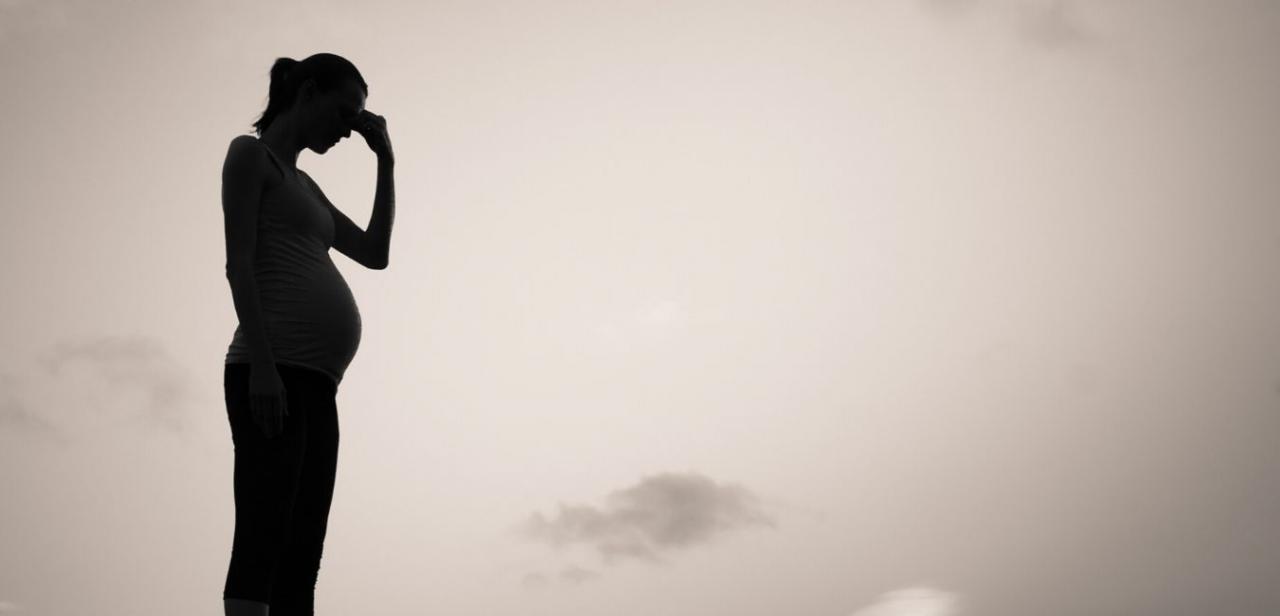The numbers are deceiving. Official posts are that 15% of women have diastasis recti, the splitting or separation of the abdominal wall, or rectus abdominus, during pregnancy.
Nurse Julie Tupler, owner of Spabebe and I have a different opinion, as it seems that 90% of women who are actually checked for Diastasis Recti have it. We call it the Best Kept Secret because it goes unchecked, and most women have no idea what it is. Doctors do, and they rarely check for it unless asked specifically by the patient. The question remains: why not? It is just widely accepted that a woman's body will change after pregnancy. Society will tell a woman that the saggy skin and bloated look are normal.
Here are the signs that you, too, have diastasis recti.
-looking "pregnant" in the midsection months, and years, after the baby is born
-saggy abdominal skin
-navel has moved or looks different than before
The dangers of diastasis recti are as follows:
-tears become larger with certain movements or exercises
-the intestines can herneate outside of the abdominal wall
Diastasis recti can also be caused by excessive weight gain or loss, so if this has happened for a variety of reasons, please perform the preliminary check.
Our goal for this week is for all women to check for diastasis recti.
Next week, I will discuss what can and should be done about it.
First know which muscles we are discussing.
The rectus abdominus runs from the ribs to the hips. It is the main visible muscle in the abdominal region, the "six pack" when developed. These six grooves are actually one muscle that contracts to move the midsection. It also acts as protection for the organs inside the abdomen. To see if you have some spearation, lie on the floor on your back. Bend your knees and place the feet flat on the floor. Take in a deep breath. Exhale and pull the chin to the chest. Start lifting the shoulders slightly if possible. Hold a position of an abdominal contraction. Place your fingers on the navel. Start moving fingers north and south, and sometimes east and west. If you feel muscular ridges around where your fingers are, it indicates some separation. Tears can be only a few centimeters, or the muscles can be a full 2 hands away from each other. They can be isolated to the navel and below, or up to the sternum. Check all of the areas, and write down how many fingers you can fit between the sections of muscle. If you are concerned, ask your physician for an official diagnosis.
There are options for treatment, which I will begin discussing next week. If you have questions about the check or how to proceed, please contact me.
Most of my information on Diastasis Recti is through Julie Tupler, owner of Spabebe and www.maternalfitness.com . For more information and products, please visit her NYC business, or her website.
I also have a running thread dialog with hundreds of diastasis recti sufferers. To talk about your situation, visit http://www.peertrainer.com/LoungeCommunityThread.aspx?ForumID=1&ThreadID=18914
Next week: what to do about diastasis recti after diagnosis.






Add a Comment2 Comments
It is also a problem of post surgery. I had gerd surgery in 1999 and now suffer from Diastasis recti separation. Male 65. I elected to have the corrective surgery this month. Painful, but better now than when I get older and take a chance on hernia developing. Also transverse colon was misplaced from lack of support.
February 27, 2012 - 9:49amThis Comment
I have this as well but the general surgeon I went to won't fix it saying it is cosmetic. Do you know which doctors will fix it?
October 3, 2017 - 8:58pmThis Comment